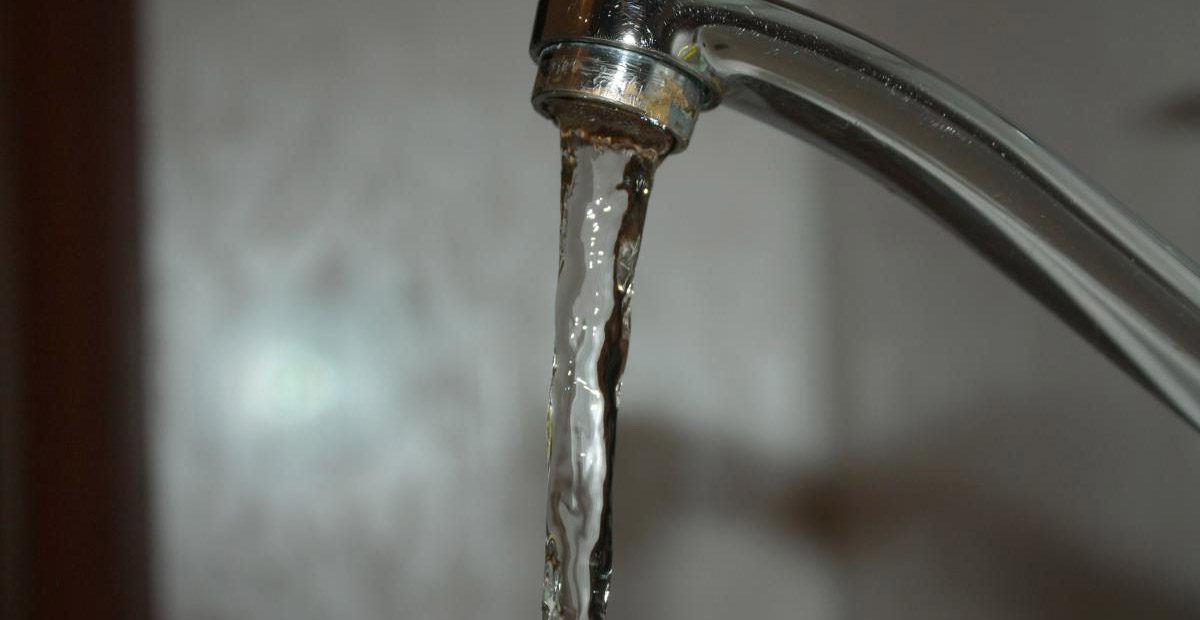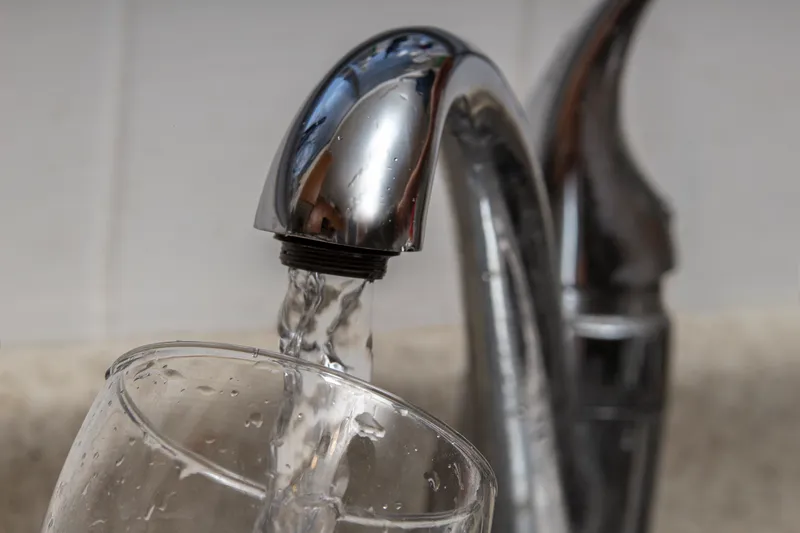Recent research has revealed hazardous levels of lead in tap water across the Watts neighborhood in South Los Angeles. The study, released on Wednesday, indicates that the contamination is particularly severe in public housing areas, where outdated plumbing systems have allowed toxic metals to infiltrate the drinking water.
The U.S. Environmental Protection Agency (EPA) defines any level of lead in drinking water as unsafe, and the lead concentrations found in some samples from Watts significantly exceed the EPA’s action level of 15 µg/L, triggering the need for immediate regulatory intervention and public notifications.
The investigation was carried out by a team from UCLA, USC, and the University of Michigan, under the commission of the Better Watts Initiative, an environmental justice organization within the Watts Labor Community Action Committee. This report calls for extensive government-led water testing throughout Watts to address the widespread contamination.
Tim Watkins, CEO of the Watts Labor Community Action Committee, criticized the situation as a glaring example of systemic neglect by city and county leaders, asserting that access to clean water is a fundamental human right that has been denied to the community for too long.

Lead exposure poses severe health risks, especially for children, who may suffer from developmental delays, learning disabilities, and other cognitive impairments. Adults exposed to high levels of lead can experience neurological issues, organ damage, and reproductive health problems, with potentially fatal consequences in extreme cases.
Councilman Tim McOsker has pledged to collaborate with the Department of Water and Power (LADWP) and other relevant entities to address the contamination issues raised by the study and to implement necessary remedies swiftly.
In response to the findings, the LADWP has offered assistance to households affected by lead-contaminated water. While the agency maintains that its overall water quality meets EPA standards, it acknowledges that lead contamination may still occur due to issues in plumbing systems beyond its control.
LADWP has suggested using certified carbon filters to reduce lead levels in affected homes. The study attributes the contamination primarily to old lead pipes that remain in use due to financial constraints preventing their replacement, even though the Safe Drinking Water Act banned such pipes in the mid-1980s.
Watts is one of California’s most polluted neighborhoods, according to the CalEnviroScreen tool from the California Office of Environmental Health Hazard Assessment. The region, along with nearby areas like Commerce and Compton, faces significant environmental challenges.
Residents concerned about lead contamination in their water can contact LADWP at 213-367-3182 for testing and further assistance, as the local government and community advocates work to address this critical public health issue.

